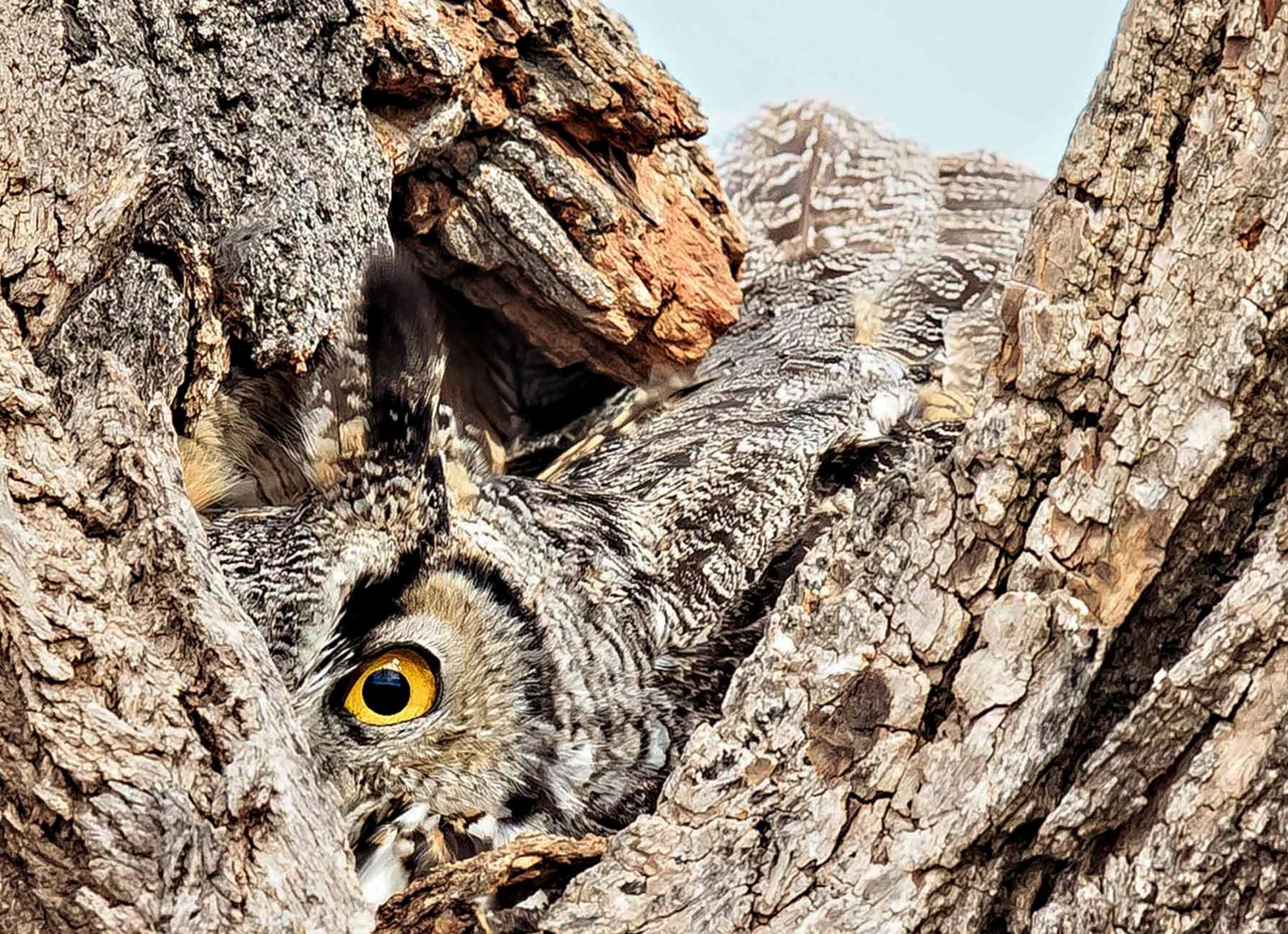Bird-Friendly Backyards

Native plants are just the starting point for a bird-friendly backyard. Here are other ways to roll out the red carpet for our feathered friends — and begin restoring whole ecosystems, one yard at a time:
Welcoming Wildlife
- Add a wildlife water feature.
- Plan your garden so that there are tasty treats for birds in every season.
- Tuck in bird or bat nest boxes (for native species of course).
- Create other nesting habitat — a platform for osprey, swallow condos, niches for cavity nesters, etc.
- Attract pollinators and beneficial insects by including a native wildflower meadow, rock piles, bundles of branches, a mason bee house, etc. And/or add an apiary.
- Nix pesticides, chemical fertilizers, and — heaven forbid — rodent poison.
- Reduce or eliminate outdoor lighting during bird migrations.
- Experiment with creative ways to reduce window collisions.
- Keep your kitty indoors, or in a cool "catio."
Bracing for Change
With weather shifts expected, here's how to make your yard "climate resilient":
- Include three to five different levels of vegetation (because "vertical diversity" will shelter more climate-stressed species).
- Limit or exclude exotic plants (because climate-stressed birds will be searching for a native buffet).
- Add at least one canopy tree taller than 30 feet (because it's not getting any cooler).
- Conserve water by installing a rain barrel, limiting thirsty exotic plants, eliminating permanent irrigation, and watering new plants only in early morning or late evening (because drought's on the agenda).
- Restore soils by composting kitchen waste and leaving clippings, leaves, downed wood, etc. (because healthy soils absorb or "sequester" carbon, actually reducing climate change).
Keeping It Clean
Most of the pollution in our lakes, creeks, and rivers is carried there by stormwater running off "impervious surfaces" – roofs, roads, etc. Loaded with lawn and auto chemicals, stormwater heads down the drain then straight into our waterways.
Nature does things differently. The deep roots of native plants create healthy, absorbent soils, which filter out pollutants before they hit the nearest lake, creek, or river. Here are a couple of ways to mimic nature's genius at home:
- Create a "rain garden." Shallow depressions planted with wetland natives, rain gardens capture runoff, giving it time to percolate slowly into the soil. Building a rain garden is a great way to stop pollutants before they reach our waterways.
- Shrink lawns and paved surfaces on your property. Replace them with native plantings, shells, wood chips, or any absorbent surface your inner-garden-designer dictates. Again, this stops pollutants before they reach our waterways. (And yes, turf grass doesn't absorb water well, so stormwater runs across a lawn the same way it runs across a driveway ... then down the drain.)
Resilience Inside and Out
Conserving energy saves money and protects birds imperiled by climate change:
- Power your home with solar — it's getting cheaper by the minute.
- Seal every crack and crevice, and upgrade insulation as needed.
- Close off unused rooms from heating and cooling.
- Use energy-saving appliances.
- Recycle all recyclable materials.
So much to fix, so little time! :) Please have fun with these suggestions, then tell us about your triumphs — we'd love to share them.
PROJECT CONTACT: Matt Johnson, mgjohnson@audugon.org
Sanctuaries
Plan a trip to one of Audubon South Carolina's two wildlife sanctuaries in the state.



